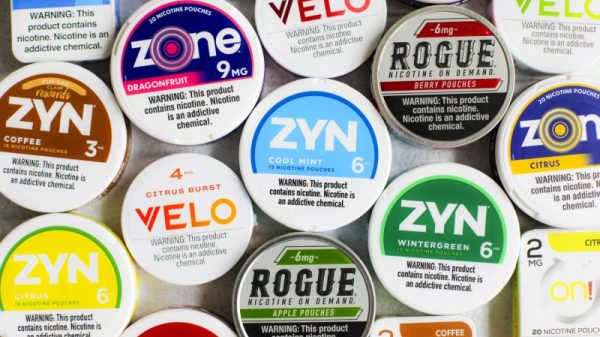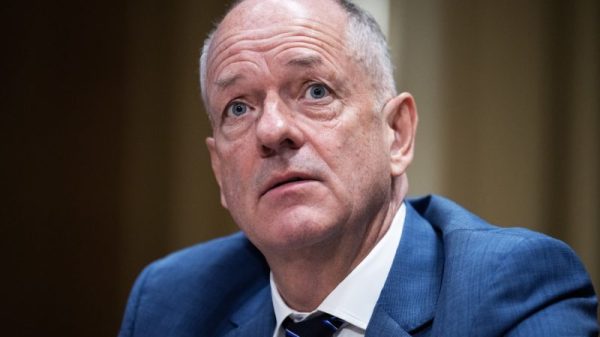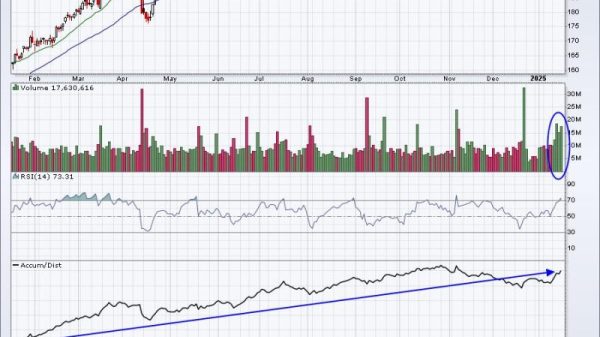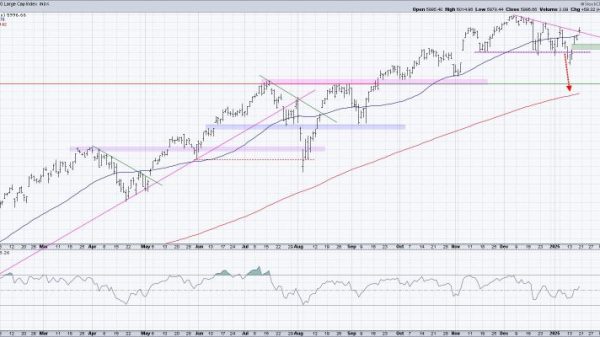Vice President Kamala Harris continues to check the boxes in her bid to become president. From the first rollout of her candidacy through the Democratic National Convention to her debate performance against former president Donald Trump, she has mostly met or exceeded expectations.
Yet to be confident of winning, she still has work to do.
In the first weeks after President Joe Biden ended his candidacy in mid-July and she seized the nomination, Harris moved the polls in her direction — two, three or four points in some of the seven most competitive states. A contest that had slipped away from Democrats suddenly became competitive.
That initial shift in the polls got Harris back to roughly even with Trump, and there the race has been ever since. In the past two weeks, according to The Post’s average of polls, there has been only marginal movement, less than a point each, in all the battlegrounds.
A flurry of polls dropped last week, most of them in the three northern states — Michigan, Pennsylvania and Wisconsin — that have been seen as Harris’s most direct path to victory. There was some variation, especially in Pennsylvania, the linchpin state in the election.
A Washington Post poll showed Pennsylvania statistically tied, with Harris at 48 percent and Trump at 47 percent among likely voters. A Quinnipiac University poll showed Harris at 51 and Trump at 45. A Marist College poll put it 49 percent each. When all the Pennsylvania polls are averaged together, and across four different poll averages, Harris has a one-to-two-point advantage in the state — not insignificant, but well within the margin of error in a state that was decided by a point or less in both 2016 and 2020.
That’s the pattern pretty much throughout the other battleground states. In Michigan and Wisconsin, Harris has a slight advantage. In four other states — North Carolina, Georgia, Arizona and Nevada — the poll averages show the two candidates essentially tied, with Georgia leaning a slight bit more toward Trump but not comfortably.
What more can Harris do?
She was widely judged to have done better than Trump in the Sept. 10 debate in Philadelphia, including among a group of voters who could help decide the election followed by The Post. She outperformed him substantively and stylistically. She made her points; he did not — and he veered off track repeatedly.
Some of the glow of Harris’s performance has begun to fade, according to one Democratic strategist closely monitoring the numbers. That’s not atypical. If Harris gains any advantage in the polls from what could be their only debate (she has accepted a CNN invitation for a second debate on Oct. 23; he has not), it will be tiny — though in this election, tiny is not nothing.
Harris has shown real improvement in public perceptions of her. Through most of Biden’s term in office, she suffered from weak ratings. Since Biden left the race, her favorability ratings have risen. Looking at the website fivethirtyeight.com, her favorable versus unfavorable numbers were 17 points net negative. Today they are even — as many have a favorable impression of her as an unfavorable one. Meanwhile, Trump’s image is net negative by nine points.
According to new Marist College polls, Harris’s favorability is net positive in Michigan to Trump’s net negative. In Wisconsin, she’s even and Trump is net negative. In Pennsylvania, both are marginally net negative.
Shouldn’t that count for something? Republican pollster Bill McInturff says not really, and he points to recent history as evidence. In 2016, Trump was significantly more negative in perceptions than was Hillary Clinton (though both were unpopular), and he won. In 2020, Biden’s favorability was about even while Trump’s was negative — and he still almost won.
“Among all the political rules broken in the Trump era, believing the candidate with the higher net positive rating is going to win has definitely been thrown out,” McInturff said in an exchange of text messages. McInturff acknowledged that it’s still preferable to have positive ratings, but explained that the shift for Harris has largely been among the Democratic base.
There are few truly undecided voters in this election. But there are persuadable voters — people who may already be leaning toward one candidate or another but who may not be certain to vote. One key to winning over and turning out those voters is to provide information they don’t already know about a candidate, pro or con, that helps them decide.
In Trump’s case, he is so well defined that providing something new is nearly impossible. Opinions and perceptions of him are fixed, on both sides of the equation. That’s why no matter how outrageous he acts, no matter how often he tells lies, his standing changes almost not at all. And no matter how much it’s written about or talked about in the media, there’s no real change.
For Harris, there is still information to be imparted, from who she is and where she came from to her positions on issues of importance to voters to the cues she sends about her strength as a possible president dealing with some intractable problems at home and a dangerous and unstable world.
Some of this she’s doing through advertising, whether on television or digitally. Some of it is through social media. Some of it she sought to do in the debate, which was watched by more than 67 million viewers. Meanwhile, the Trump campaign is doing what it can to tarnish her image, to make her look out of the mainstream and not ready to confront foreign dictators.
Harris must continue to allay voters’ concerns about the record of the Biden-Harris administration, whether it’s the border and immigration, the cost of everyday goods or the state of the world. Inflation has come down and the Federal Reserve’s cut in interest rates will be welcomed by potential home buyers and other borrowers. But many people still struggle with the cost of goods.
Border crossings are down but it took Biden three years to move aggressively. By then perceptions were baked in that he had done a poor job. Trump is doing all he can to keep the flames of that fire burning: witness how he and running mate Sen. JD Vance (Ohio continue to peddle lies about Haitian immigrants eating the pets of local residents. He and Vance continue to stir up a community pleading not to become part of the campaign dialogue.
Harris also has now done a limited number of press interviews. They have drawn mixed reviews. In part that’s because those events are seen through partisan lenses, but also because she has sometimes avoided answering direct questions. There’s no indication that these interviews have helped or hurt. She is checking a box, responding to complaints that she’s avoided unscripted settings.
Biden’s path to victory was seen as limited at best, based on the polls earlier in the summer. His only viable path was to win Michigan, Pennsylvania and Wisconsin, plus one congressional district in Nebraska. That would have put him at exactly 270 electoral votes (including one Nebraska congressional district).
That’s still the most likely path for Harris, winning the combined 44 electoral votes from the trio of northern battlegrounds. But because the polls are so close elsewhere, Harris appears to have other options, though in all the possible combinations, winning Pennsylvania seems essential.
Democrats see a fresh opportunity in North Carolina. The porn-site scandal that has engulfed Mark Robinson, the Republican candidate for governor, has thrown the state into turmoil. That could make Trump’s path to victory there more difficult. But few events, other than Biden’s disastrous debate performance, which led to Harris’s entry, have changed the race.
Enthusiasm for her candidacy among Democrats remains high. She held a live stream event with Oprah Winfrey on Thursday night in Michigan and drew 10,000 people to a rally in Madison on Friday night. But at the peak of exuberance for her candidacy last month, some Democratic strategists said that September would bring a different reality to Harris’s campaign. That’s the case today.
Early voting has begun and whatever surprises October holds, if any, are still unknown. For Harris, this is a time for grinding, for keeping her organization motivated, for filling in the blanks, for keeping the pressure on Trump, for reaching those few undecided voters, all in the hope of moving the numbers a few tenths of a percentage point every week or so, enough to claim victory in November. But she is not there yet.


































